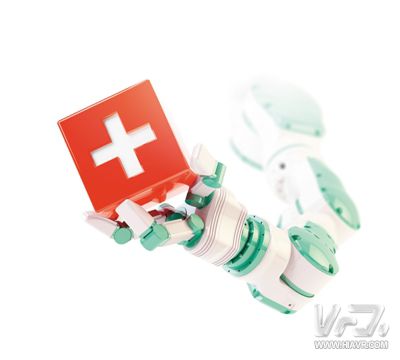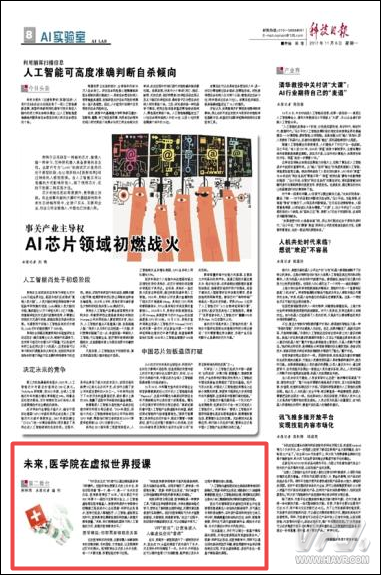"Pilots can learn and operate through simulators before flying. However, medical students want to formally go to the operating table, but still follow the old method of 'seeing, doing one', and teaching one's operation. Medical education lags behind 50. At the 11th Sichuan Internet Conference 2017 held recently, Kas Kosavadas, the founder of artificial intelligence virtual reality medicine and director of the Health Engineering System Center at the University of Illinois at Urbana-Champaign, said that medicine has entered precision. In the era of medical care, artificial intelligence, and virtual reality, medical education also needs to use cutting-edge technology to improve the quality of teaching. “In the future, we will simulate machine learning and artificial intelligence to improve the level of medical education.â€

In the past, the teaching of medical knowledge mainly relied on physical explanations of human anatomy specimens, book drawings, text narratives, and video and slide presentations. Medical students formally embarked on the operating table and had a learning process that was repeated and accumulated experience.
“Traditional medicine teaching is hard to learn from high-risk invasive cases because of limited opportunities for practice. In many cases, teaching is a difficult task.†Case Kesawadas said, “We hope that we can use computer simulation to bring The real well-being of medical education."
He told a reporter from Science and Technology Daily that medical simulation is a teaching tool that can provide students with experiential learning through various scenarios and systems so that students can understand the patient's physiology and illness without actually performing actual operations on real patients. Good medical simulations can provide assistance to the operating room, preoperative planning, and patient education. "In the process, you make a lot of mistakes and it doesn't matter. You can learn from mistakes."

Recently, a hospital in Spain performed a special operation. The doctor successfully performed surgery with the help of a VR helmet and cut the operation time by half. During surgery, surgeons can also view CT scan data, ultrasound, and core data needed during surgery.
"The combination of artificial intelligence and virtual reality is a new model of clinical teaching and training." Case Kesawadas said that CT, MRI and other image data of patients are processed by an artificial intelligence system to obtain a truly restored holographic human body. The anatomy is mapped and mapped in the virtual space.
The doctor can see the anatomical details of the patient's real human structure in all directions in the virtual space of augmented reality, and can perform solid geometry analysis of organs and lesions in real time through gestures and voice operations to accurately measure the location, volume, and distance of the target structure. Parameters such as virtual anatomy, simulated surgical resection, surgical plan design, and surgical risk assessment can also be performed.
"On this basis, we can establish a simulator-based curriculum and apply this curriculum to virtual reality." Kesko Vasadas said that in medical education, it is also possible to study clinical or The medical problem, using observation and expertise to simulate the corresponding process, developed a virtual model, and then developed a simulator-based course.
Easy Electronic Technology Co.,Ltd , https://www.yxpcelectronicgroups.com
